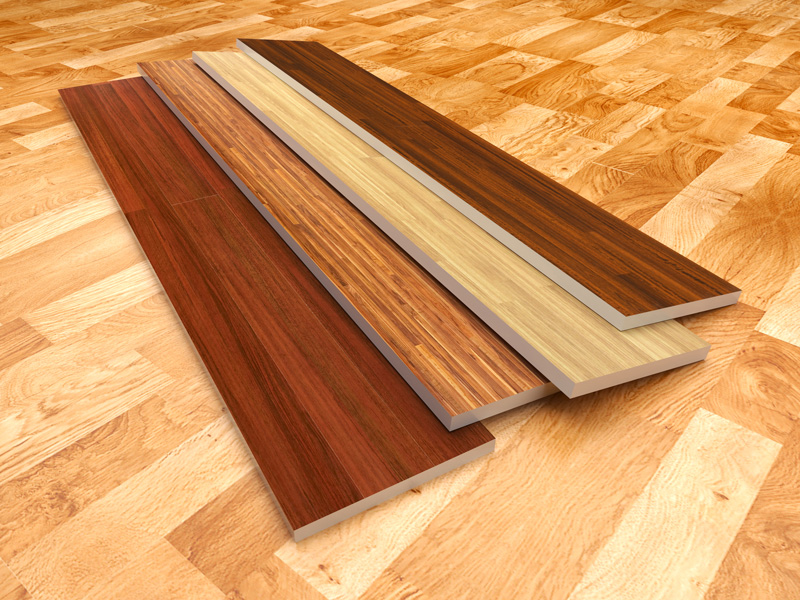Transforming existing space into an extra bedroom, a playroom, or a guest or master suite is an affordable way to make your house bigger. You can also winterize an unheated sunroom or porch to transform a two or three-season room into a year-round retreat. You can transform a two-bedroom, two-bath house into like-new three-bedroom, three-bathroom house just by making your unused space livable.
Be Your Own Project Manager
Finishing the existing space in your home for livability requires the help of specialists in several trades: plumbing, carpentry, electrical, and others. These specialists could also include flooring and possibly stone working for tile work. This isn’t a DIY job – you can manage the project yourself and become your own general contractor. That way, you’ll save money and get to choose which tradespeople to work with. Managing the project gives you tremendous control over personnel, quality control, and finishes. Here are the basic steps you’ll want to follow:

Set Aside Some Time
Expect to spend from one to many hours a day for several months dealing with some aspect of the renovation. Managing the transformation of any space in your home does not require you to be on-site every minute, but you do have to check in often, inspect the work as it progresses, pay bills, consult with the tradespeople who are on the site, coordinate with and schedule the tradespeople who need to come in, make sure the site is organized safely and in a way that protects workers (and your liability), monitor rubbish removal, and troubleshoot.
Determine your Budget
Every decision you make extends to your budget. This can range from how much to spend on flooring to how fancy you want your bathroom fixtures to be.
Decide How you Want to Use the Space
When deciding on how you want to use the space, ask yourself the following: Will it be an extra bedroom and bath, a family room, or a children’s playroom? The function will help inform many of the finishes you choose. For example, a children’s playroom may benefit from a hardwood floor partially covered by a large rug. How elaborate do you want the bathroom to be? If you are transforming a space into a master suite, the bathroom should have double vanities and a glass enclosure for the shower, which should have extra wall and overhead shower heads.
Gather the Right Professionals
Several professionals are involved in an addition project. They include an architect, carpenter and/or drywall contractor, flooring contractor, licensed electrician, HVAC specialist, licensed plumber, and window supplier/installer. As project manager, you coordinate the work, schedule, and budget. Also, jobs need to be completed in a particular order – follow this general timeline:
Prepare the Floor
Check the condition of the existing subfloor and floor joists. If you are finishing a basement, you must inspect the condition of its floor. Most basements have poured concrete floors, and sometimes they slope steeply for drainage purposes. If that’s the case, the floor must be leveled before proceeding with the work. A handyperson or contractor should pour a thin concrete overlay to level it. Be sure that access to any existing floor drains is maintained. Drains need to stay functional in case of basement flooding. Check with a plumber to find out if you will be required to periodically pour water in them to prevent sewer gas from building up.
Install any Necessary HVAC Systems
Ductwork is cumbersome. In basements, where ceiling height is always a consideration, soffits may be required to cover up any vents running overhead. As a result, this can lower the ceiling. Basements are usually cool and may not require air-conditioning systems. They do require heating, however. Be sure the HVAC specialist locates supply ducts near outside walls. Install return air ducts on interior walls or ceilings away from the supply ducts. The idea is to “draw” air across the room. Particular attention must be paid to ventilating, heating, and cooling attic rooms.

Install Plumbing
You can solve plumbing issues in other parts of your house at this time, if necessary. If the existing drain stacks in the house are made from PVC, they need to be wrapped with insulation to minimize sound transmission. Cold-water lines may need to be insulated if you have had problems in the past with condensation, because it may drip onto your new ceiling. Have the plumber rough in bathroom plumbing so he or she can come back later to install the fixtures. Rough plumbing is all the plumbing components that need to be installed before the finish tradespeople (drywall contractor, painter, and so on) come in to do their jobs, including the waste and supply water lines that are in the walls or framing of the building.

Have Necessary Electrical Work Done
All electrical work must be done in compliance with the National Electrical Code or the code adopted by your community. Don’t skimp on the electrical system; make a list of everything you intend to use in the room (appliances, light fixtures, electronic equipment, and so on) so the electrician can calculate the required load and make sure you have enough circuits. They can rough in wiring for ceiling fixtures at this time and come back to install the fixtures when the drywall or drop ceiling has been installed. Think ahead and make sure you can access the main electrical service panel and telephone and cable TV termination points. Ask the electrician to install conduits through which additional wires can be run at a later date. Don’t forget about wiring the space for surround sound.
Install Cable and Phone Lines
Call your service companies and schedule a time for them to add new telephone, data, and cable wiring. Be sure to have them add extra phone and data lines now, even if you don’t plan on using them all right away. Adding them later on is more expensive.
Build and Insulate the Walls
A carpenter can install 2 x 4-inch studs if they aren’t already there, as well as a variety of thermal insulation materials, from traditional soft batting to rigid foil-faced sheets to blown-in insulation. They should be able to advise you on what is recommended for your geographic region and application.
Install Walls
You can choose several types of wallboard or paneling. Drywall gives you the most flexibility and you can always apply bead-board wainscoting, faux finishes, wallpaper, or other treatments over drywall at a later date.

Install the Ceiling
The industrial looking acoustical tile or drop ceiling has come a long way. It now comes in a variety of styles, from bead board to decorative embossed styles that look like old-fashioned tin ceilings. The advantages of installing a drop ceiling are that it creates an accessible tray for ductwork and wiring. In addition, if one tile gets damaged, it’s easy to replace (buy 10 percent more than you need for coverage). The disadvantages are that it lowers the ceiling height, which might be at a premium in your attic or basement. For drywall ceiling, the drywall contractor or carpenter builds soffits around any ductwork. This means that making a drywall ceiling takes extra work and is therefore somewhat more expensive than a drop ceiling, but the ceiling will be lower only in the areas where ductwork exists, and headroom is maximized everywhere else.

Reconsidering Hardwood
If you happen to be finishing a basement-level room, think twice before choosing hardwood flooring. Hardwood flooring trade associations and manufacturers caution against using traditional hardwood below ground level, even in very dry basements. Instead, consider engineered hardwood click flooring, laminates, tile, or carpeting. If you are worried about wet floors or insect infestation, install treated or marine plywood as a subfloor before proceeding with the final finish.
The Final Fixtures
As one of the last steps, have the plumber and electrician return to install the permanent bathroom and electrical fixtures. Now you can furnish your new rooms and enjoy them.